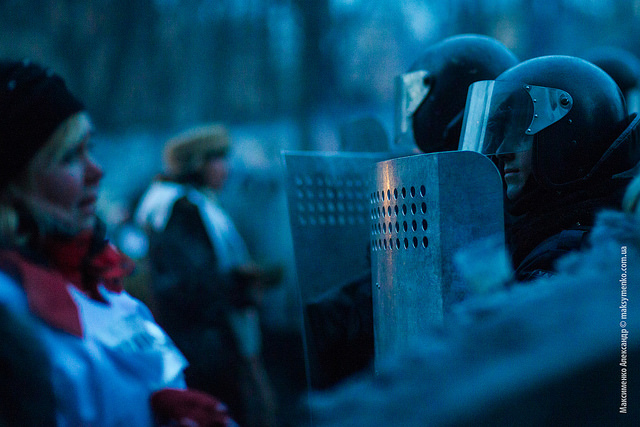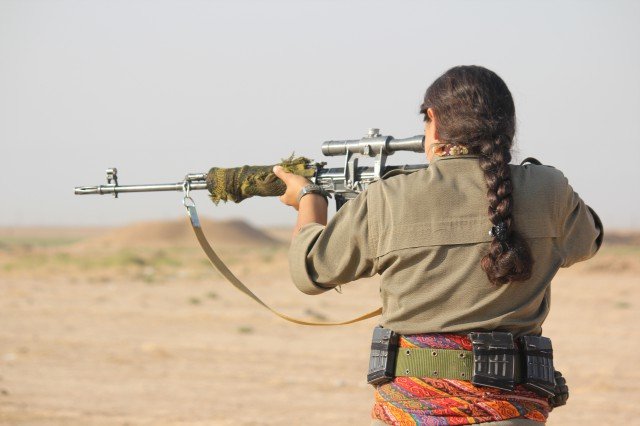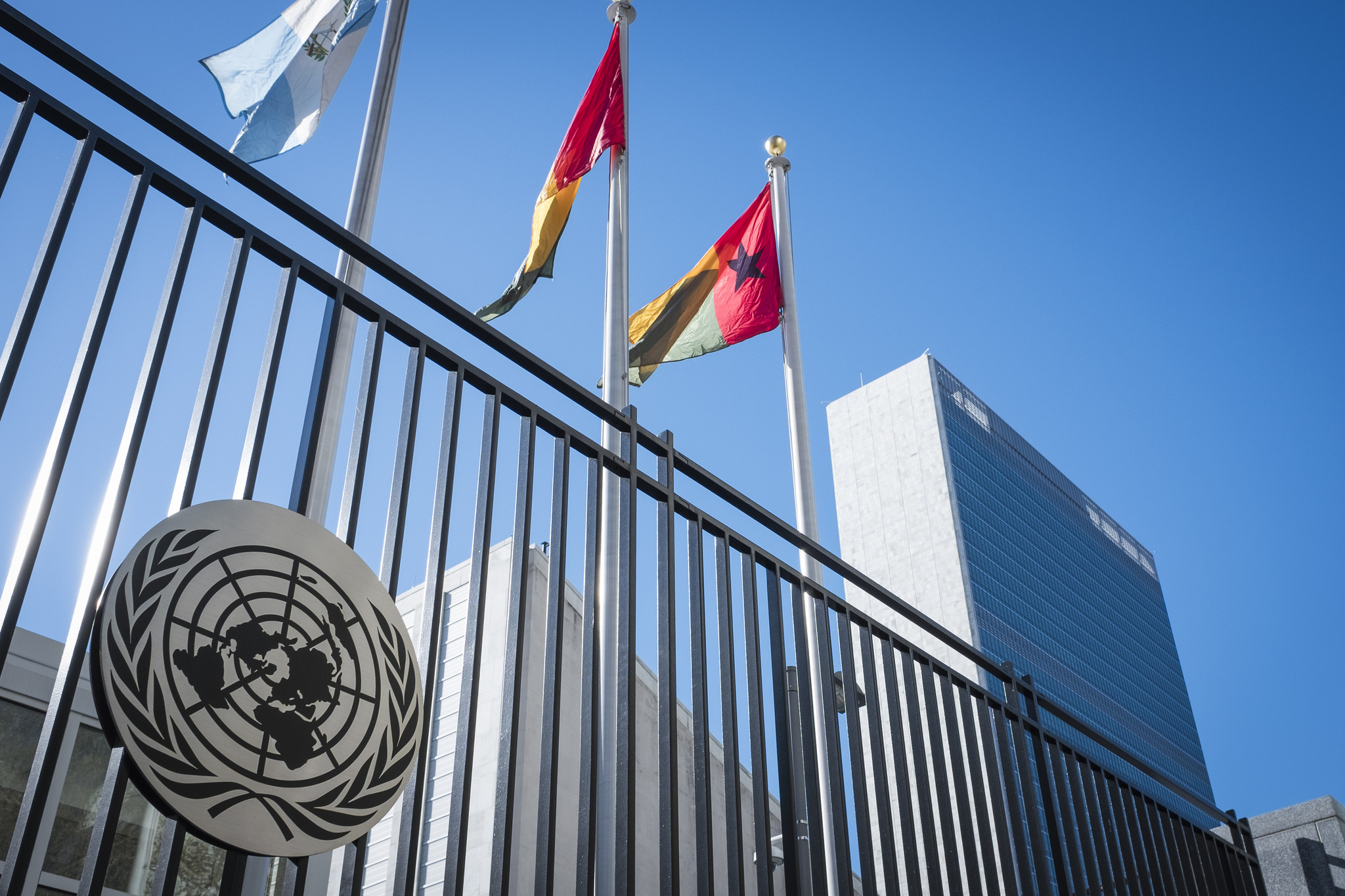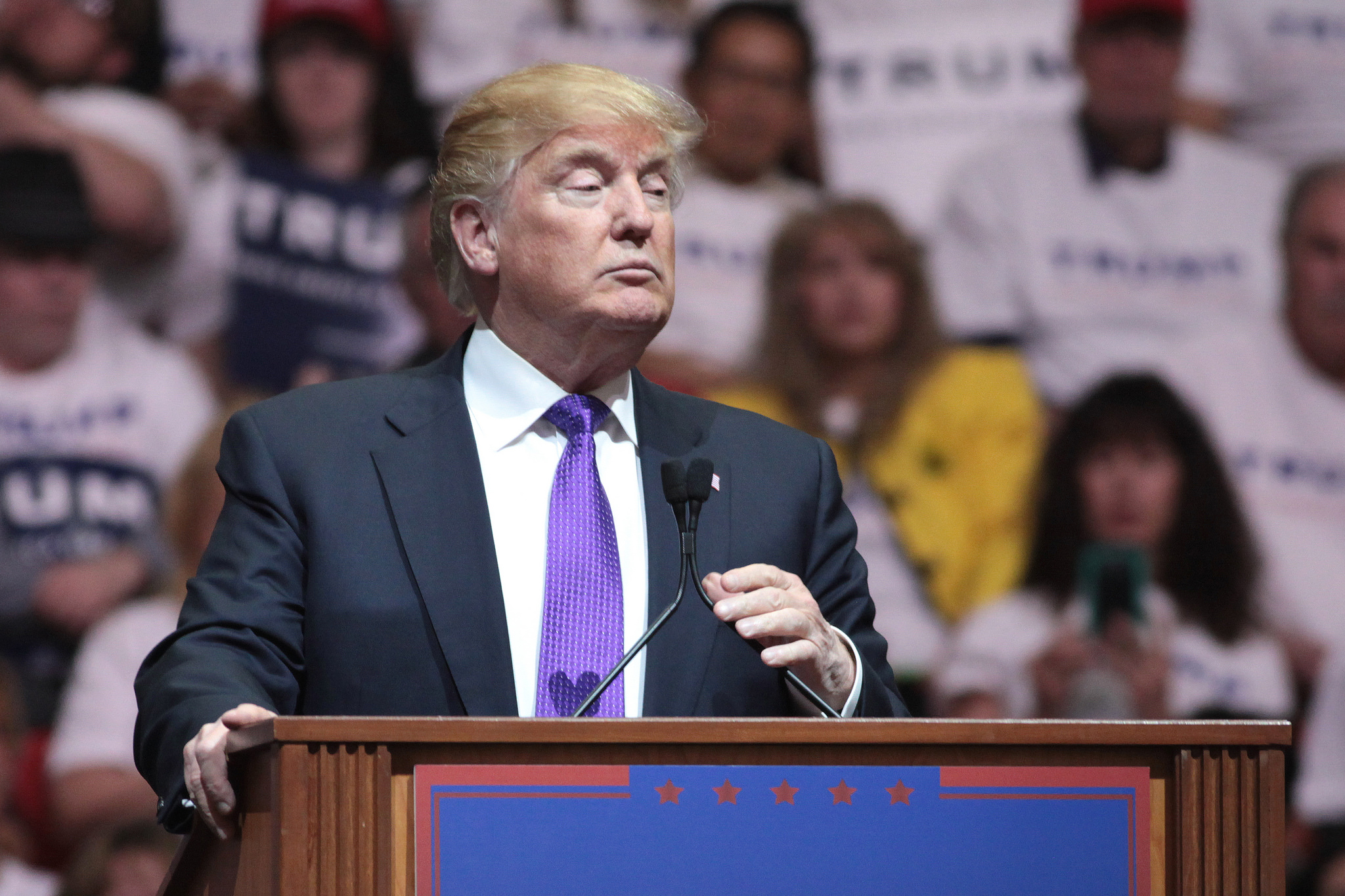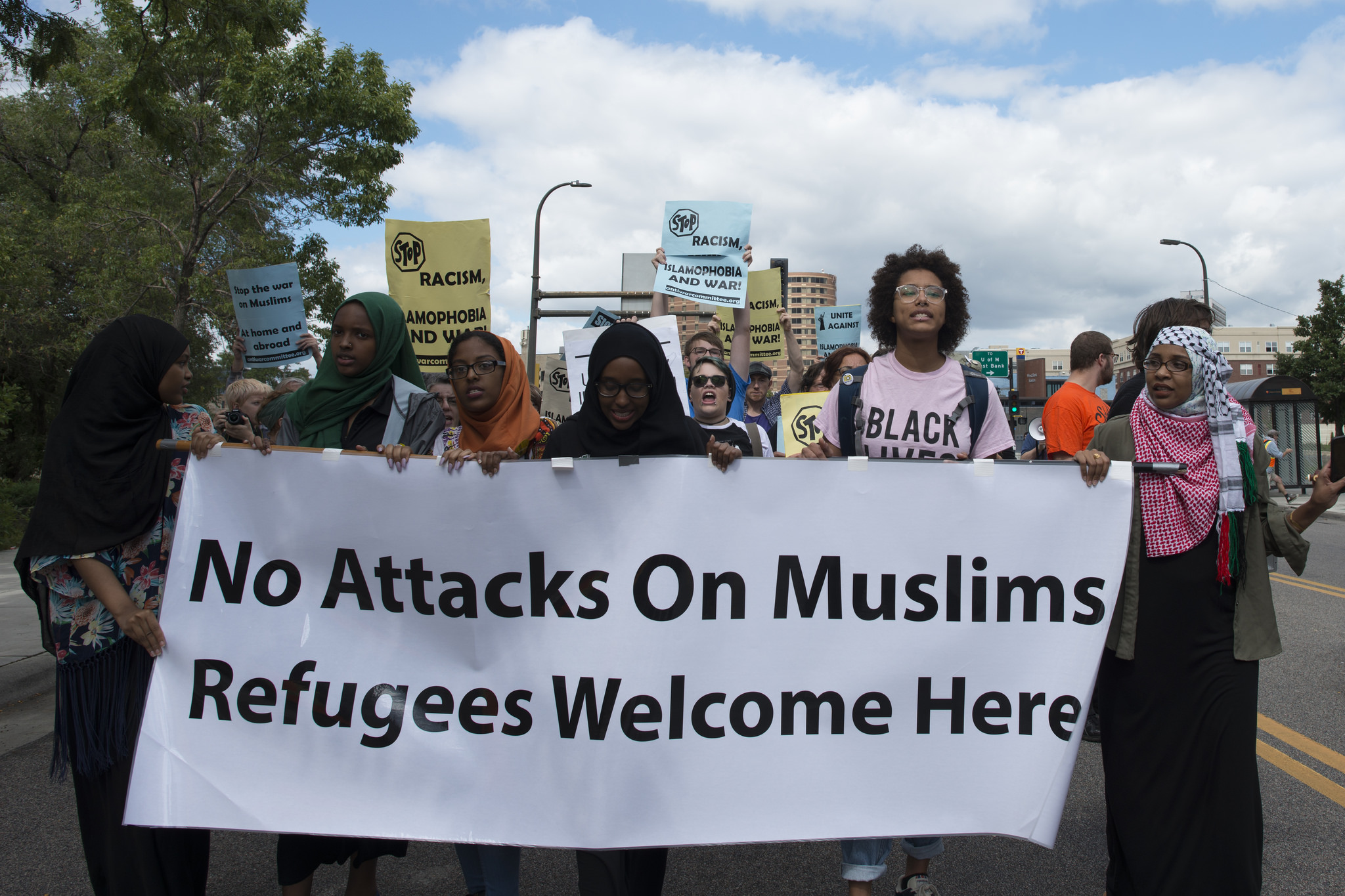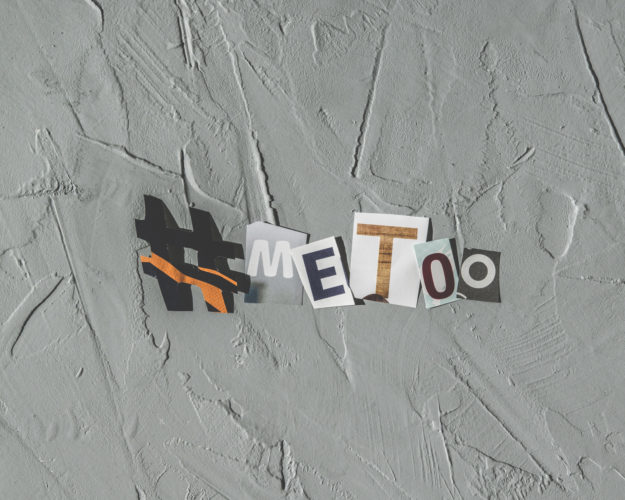By Deborah Avant for Denver Dialogues

Last week notwithstanding, news has been a bit bleak lately.
Events in the US (from Ferguson to Charleston), the continuing violent spiral in Syria and Iraq, saber rattling in Ukraine, and even Putin’s “Patriot Park.” It looks as if everything between violence and old style inter-state war is more possible.
I thought about this last week for a panel on the 2015 Global Peace Index, which shows that the level of “peace” is now lower than it was when the index began in 2008. Though the level remained the same between 2014 and 2015 that was because places like Western Europe have strengthened their peacefulness. There is a widening of the gap between peaceful and less peaceful areas.
So what can we do? Indexes like the GPI (and others, like the Human Security Index) can point to indicators of peace but not processes that will lead us there. Policy debates tend to be stuck on what to do to fight a particular threat, like Daesh (the Islamic State). As the ongoing conversation about how best to “bridge the gap” has shown, academics can sometimes generate new policy narratives or affect public debate.
In contrast to the macro narratives that typify policy debates, political scientists have generated a body of work on the micro dynamics of violence. Extrapolating this work to look at the micro processes of peace holds potential for a new narrative and new action. Elizabeth Wood, Stathis Kalyvas, and others have shown that violence not only can, but often does, escalate inadvertently as violent episodes open the way for opportunism that generates both reaction and more opportunism. No matter how noble the purpose, using violence has a nasty underbelly that develops and persists for reasons having little to do with the initial purpose.
Though the micro violence literature is mostly focused on civil war, these dynamics can be seen more generally—just think of the looters that swarmed into otherwise peaceful protests in Ferguson, the heavy handed police reaction, and the violent cycle that ensued. Violence in many contexts unleashes opportunities for individuals and groups to use it for individual gain, for score settling, and for fear-mongering—creating a cycle with more opportunities (ironically, often in concert with a disturbing moral clarity, as brilliantly put by Chris Hedges).
Polarization benefits opportunistic action. Polarization chokes off information and options for action. Network analyses by Burt and others have shown how this works theoretically, but you can find examples everywhere. Recall Steve van Evera’s analysis of WWI and the impact of societal polarization for the “cult of the offensive”. Or think of Lee Ann Fujii’s argument about how fear of being branded untrue led the same ordinary Rwandans to kill neighbors when others were watching, but help them when they were alone.
Sometimes governments strategically engineer polarization. Take Assad’s willingness to use high levels of force rather than engaging with protestors. This led to radicalization of different wings of the protest movement—and opportunistic action to take advantage of this by violence-prone individuals and transnational groups.
Other times police or local officials can affect these processes without direction from—or contrary to the wishes of—the central government. In a soon-to-appear article in Security Studies (sorry, you’ll have to wait for it…), Amy Grubb shows that one critical difference between more and less violence-affected communities in Northern Ireland is whether or not local police units or other government officials acted in their proper role or allied with radical groups. When they acted properly, violence was mediated; when they allied with one side, it increased. Could this explain the surge in violence in the Michael Brown case, when perceptions of self-interested police behavior provoked an escalation in violence but restraint on the part of the state Highway Patrol led to the opposite?
It is not just governments that matter for escalatory and de-escalatory dynamics. Churches, companies, civilian groups and many others can also affect cycles of polarization and opportunism. We know that it is often easy to be pulled into polarization and turn a blind eye to opportunism (particularly in violent situations). But we also know (see Erica Chenoweth) that civil resistance groups that resist violence do better.
Business leaders can take steps to prevent polarization. An interesting publication by One Earth Future demonstrates how local businesses in Kenya worked to dampen violence in the last election there. Transnational companies often choose whether to take undue advantage of local situations in ways that can generate backlash or be sensitive to ensure they do not. Rio Tinto is involved with a Canadian university and the ICRC to evaluate whether or not its implementation of the Voluntary Principles on Business and Human Rights is ensuring such sensitivity.
Even local civilians can negotiate with armed groups to reduce the violence in their communities, as Oliver Kaplan demonstrated was the case in Colombia. Last week the NYT reported about civilian protests in Donetsk by residents sick of the impact of the war on their neighborhoods. (Thanks to the Carnegie Corporation of New York, we will have much more to say about all of this soon.)
The big point? Rather than settling on easy macro narratives, we should think about micro processes. This should at least lead those using violent strategies to be hyper aware of their potential to feed in to opportunism and polarization. But it should also lead us to think more about the micro processes that lead away from polarization and opportunism. In doing so we may contribute to a shift in the narrative about citizens, activists, commercial leaders, NGOs, and even universities. They are not by-standers to (or observers of) the relative peacefulness of the world, but consequential agents whose everyday action can feed cycles of peace or the reverse.

